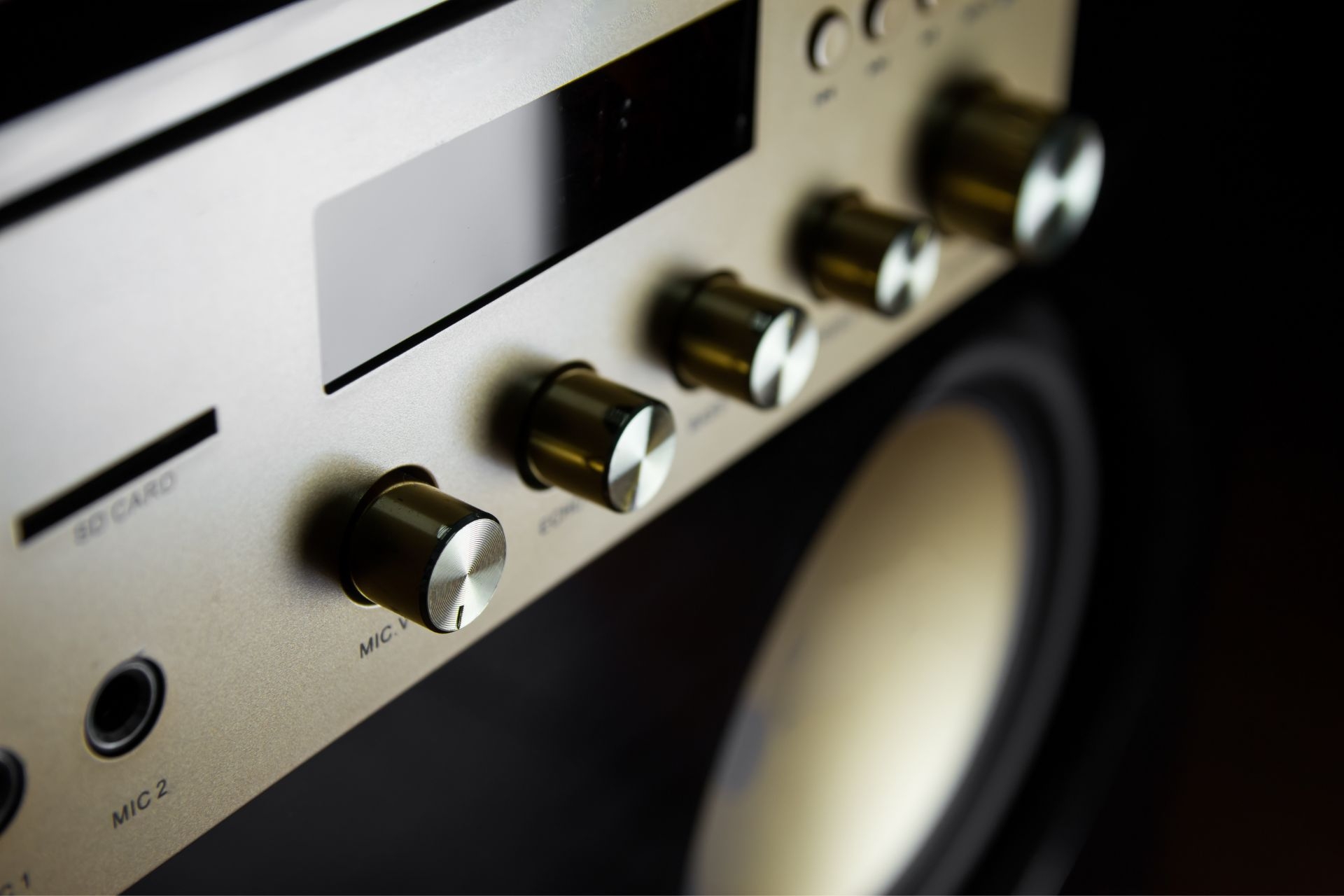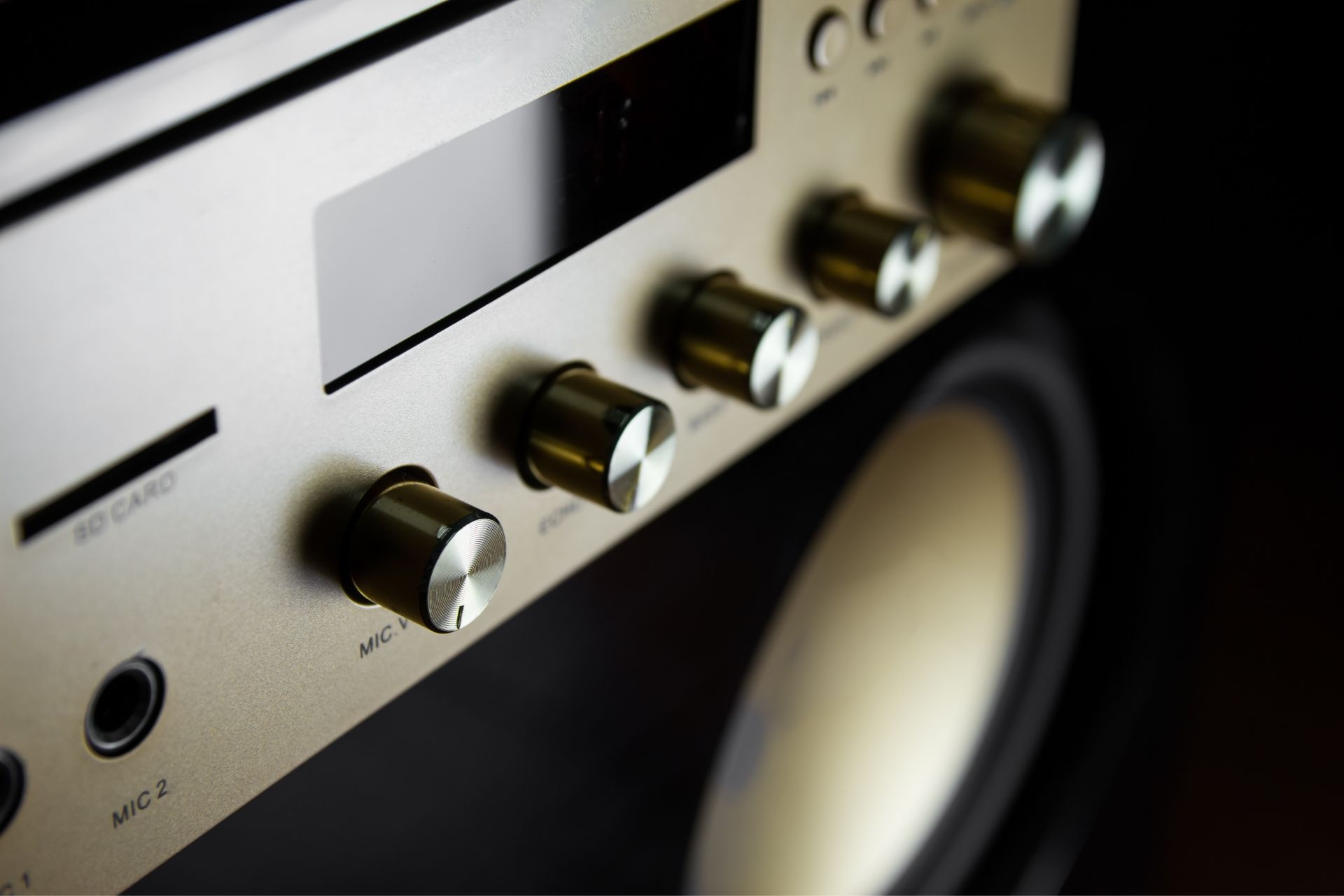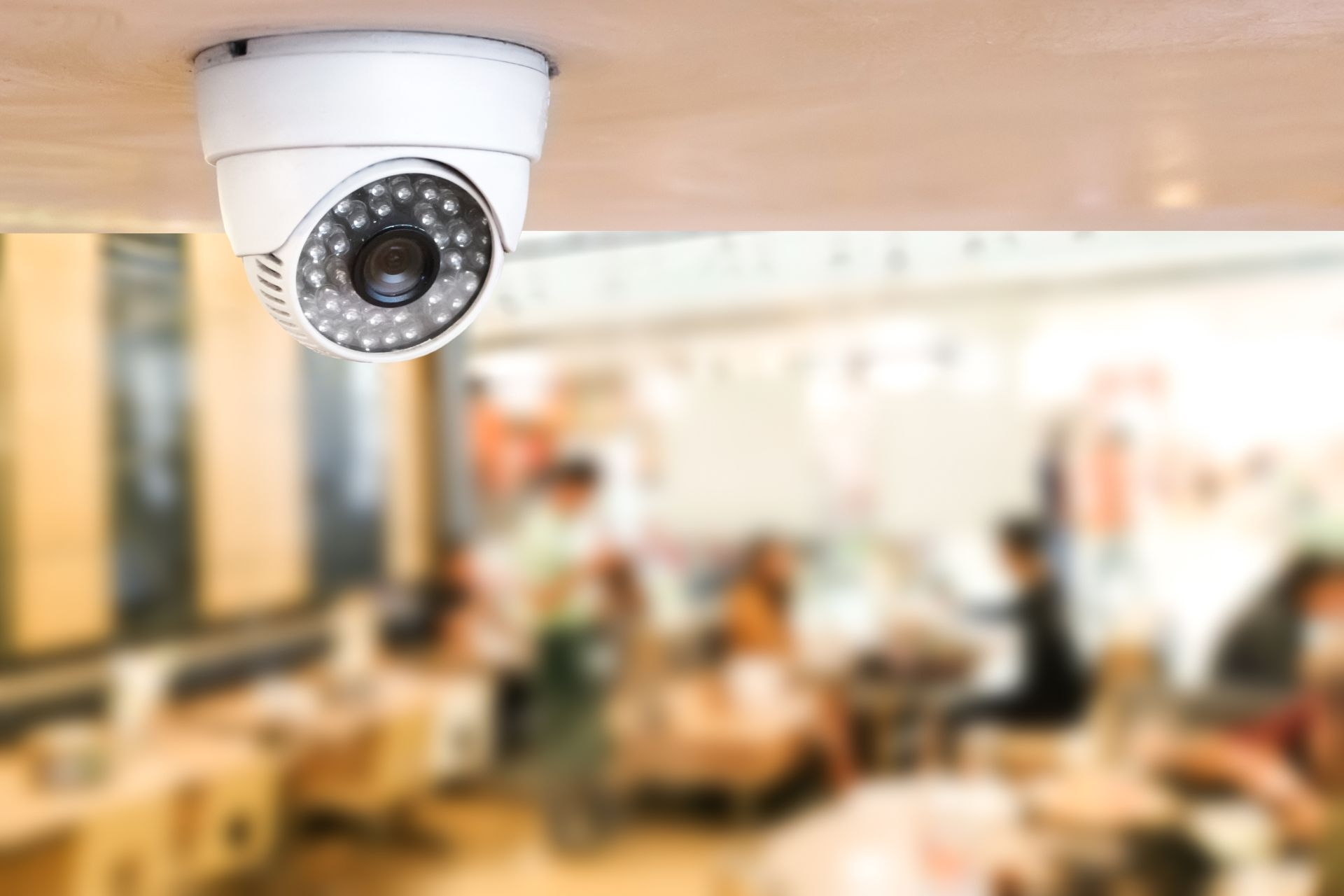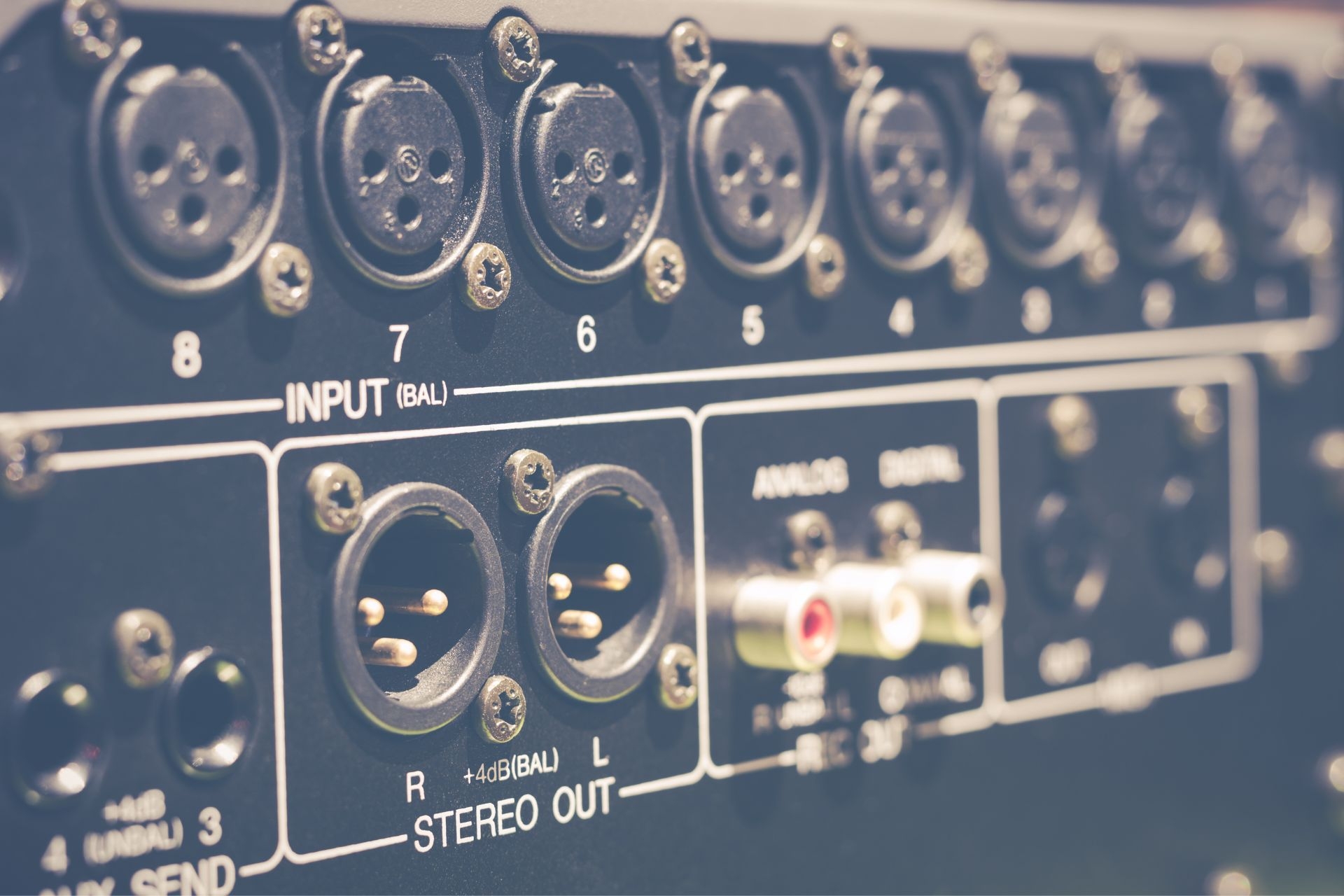Retail POS Transaction Verification Cameras
How do retail POS transaction verification cameras help prevent fraud?
Retail POS transaction verification cameras help prevent fraud by providing visual evidence of each transaction taking place at the point of sale. These cameras can capture the entire transaction process, including the items being scanned, the payment method used, and the interaction between the cashier and the customer. In case of any discrepancies or fraudulent activities, the recorded footage can be used to investigate and resolve the issue, ultimately deterring potential fraudsters from committing fraudulent acts.
Types of Wireless Cameras Available For Applications Such As Retail or the Hospitality Industry



